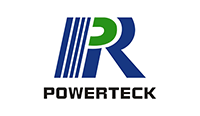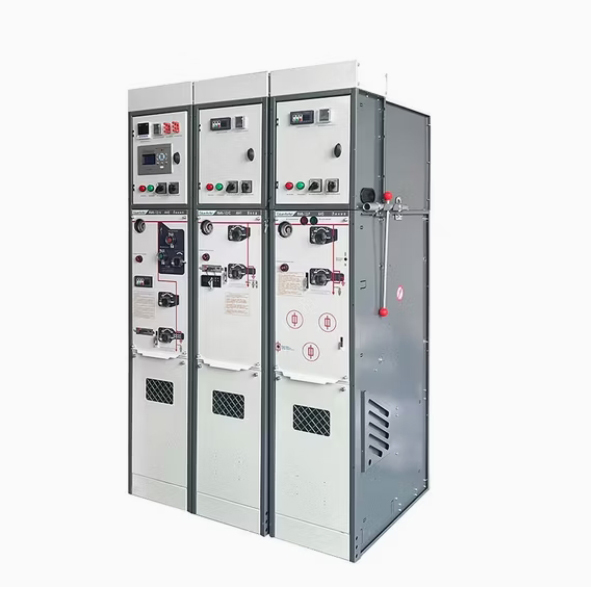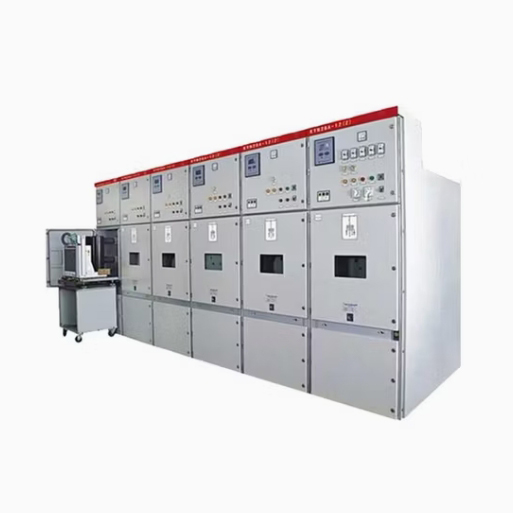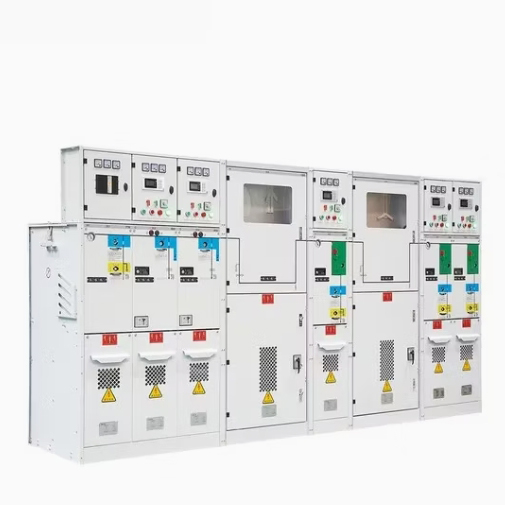Core Value and Innovative Applications of 12kV Medium Voltage Switchgear in Smart Substations
With the Rapid Development of Smart Grids and the Integration of Renewable Energy Medium Voltage (MV) Switchgear, as the core power distribution equipment in substations, directly determines the stability of the power system through its reliability, intelligence, and space efficiency. This article delves into the key technologies, scenario-specific solutions, and practical benefits of Medium Voltage Switchgear in substations.
Core Requirements for Substation Scenarios
- High Reliability Requirements
Substations play a critical role in power distribution and system protection. Key points related to Medium Voltage Switchgear:
- MV Switchgear Operation: Must ensure stable long-term performance under high loads and frequent switching.
- Failure Rate Comparison:
- Traditional Medium Voltage Switchgear: ~1.2 failures/unit/year
- Intelligent Medium Voltage Switchgear: ~0.3 failures/unit/year
- Mechanical Endurance: Increases from 10,000 to over 20,000 operations.
- Short-Circuit Interruption Requirements:
- 12kV systems: Typically 31.5kA–40kA
- Renewable energy projects: May require ≥63kA
- Adaptability to Complex Environments
Substations in cities, industrial areas, or remote regions impose unique challenges on Medium Voltage Switchgear:
- High Altitude: Electrical clearance corrections (e.g., 12kV systems at 5000m altitude require clearance to increase from 125mm to 161mm).
- Polluted Areas: Creepage distance must increase (e.g., ≥25mm/kV for Class III pollution).
- Coastal Areas: Must pass salt spray tests (e.g., 1000-hour CASS test).
- High Temperature & Humidity: Intelligent dehumidification systems are essential.
- Intelligence Upgrade Demands
Digital transformation increases demand for intelligent functions in MV Switchgear:
- Supports IEC 61850 communication protocol for data sharing and remote control.
- State monitoring (temperature, current, mechanical status), fault prediction, and remote diagnostics reduce maintenance costs.
- Studies show intelligent monitoring systems can:
- Reduce manual inspection frequency by 70%.
- Extend equipment lifespan by up to 3 times.
- Lower annual maintenance costs by 35%.
- Safety Protection & Seismic Requirements
Strict safety standards for Medium Voltage Switchgear:
- "Five-Prevention" Interlock System: Prevents critical errors (e.g., moving circuit breaker under load).
- Internal Arc Protection: Pressure relief channels limit peak pressure to ≤48kPa.
- Seismic Design: Must withstand high-intensity earthquakes (e.g., deformation ≤1.2mm under 9-degree seismic intensity).
- Space Constraints & Layout Optimization
Modular designs for efficient space utilization:
- Modern MV Switchgear using solid-insulated poles reduces footprint by 37.5% and lowers main circuit resistance by over 40%.
Key Technological Solutions
- Metal-Enclosed Medium Voltage Switchgear (Represented by KYN28)
- Structural Advantage: Segregated armored compartments (circuit breaker, busbar, cable) prevent fault propagation.
- Environmental Adaptability: IP4X or higher protection rating, suitable for polluted and humid areas.
- Market Share: Dominates the market (>60%), the mainstream choice for substations.
- Intelligent Control Systems for Medium Voltage Switchgear
- Core Functions:
- Integrated microprocessor-based protection relays compatible with IEC 61850.
- Real-time monitoring using AI algorithms to predict component lifespan (e.g., circuit breaker mechanical endurance up to 100,000 operations).
- Case Effect: A State Grid project reduced failure rates by 30% and maintenance costs by 20%.
- Safety Protection in Medium Voltage Switchgear
- "Five-Prevention" Interlock Mechanism: Enforces safe operation sequences.
- Arc Flash Protection: Integrated pressure relief channels and arc quenching systems.
Typical Application Scenarios & Case Studies
- Case 1: Urban Utility Substation Upgrade
- Challenge: Expanding old substations with high load growth.
- Solution:
- Deployed Gas-Insulated Switchgear (GIS) with 4000A rated current, saving 30% space.
- Implemented a cloud platform for remote management.
- Results: Power supply reliability increased by 15%; outage duration reduced by 40%.
- Case 2: Renewable Power Plant Grid Connection (Wind Farm)
- Challenge: Harsh environment (high salt mist, temperature swings) causing failures.
- Solution:
- Enhanced metal-enclosed MV Switchgear with IP54 protection and built-in heaters.
- Capacitive load switching modules for stable wind power.
- Results: Grid connection success rate improved by 15%; operational costs reduced by 10%.
Future Trends: Greener Solutions and Digital Twin
- Eco-Friendly Medium Voltage Switchgear
- Phasing out SF₆, using dry air or nitrogen-insulated hybrid technology.
- New insulation materials improve energy efficiency by 20%.
- Digital Twin Integration for MV Switchgear
- Using Building Information Modeling (BIM) for pre-installation testing.
- Real-time data mirroring optimizes load distribution and extends lifespan.













